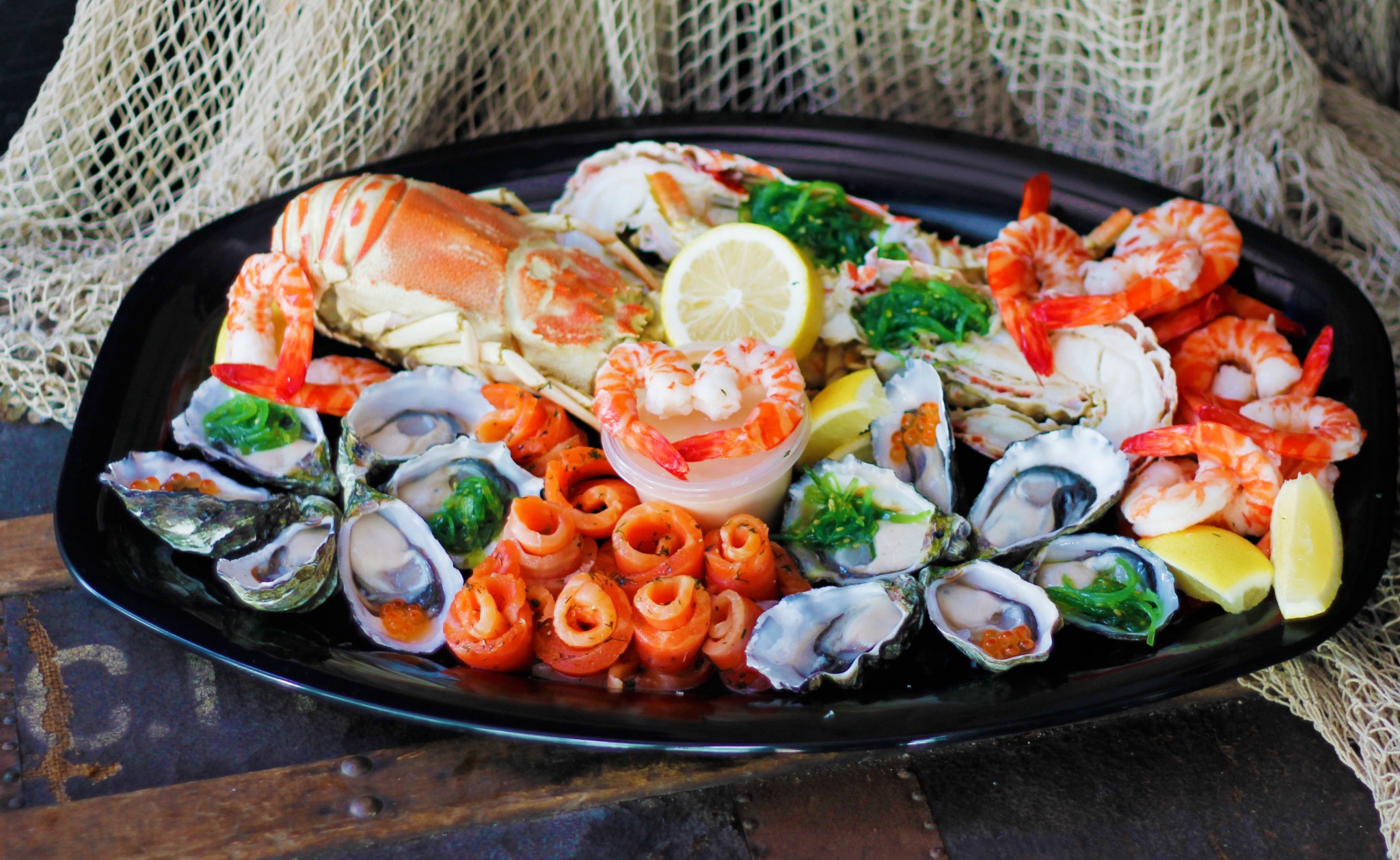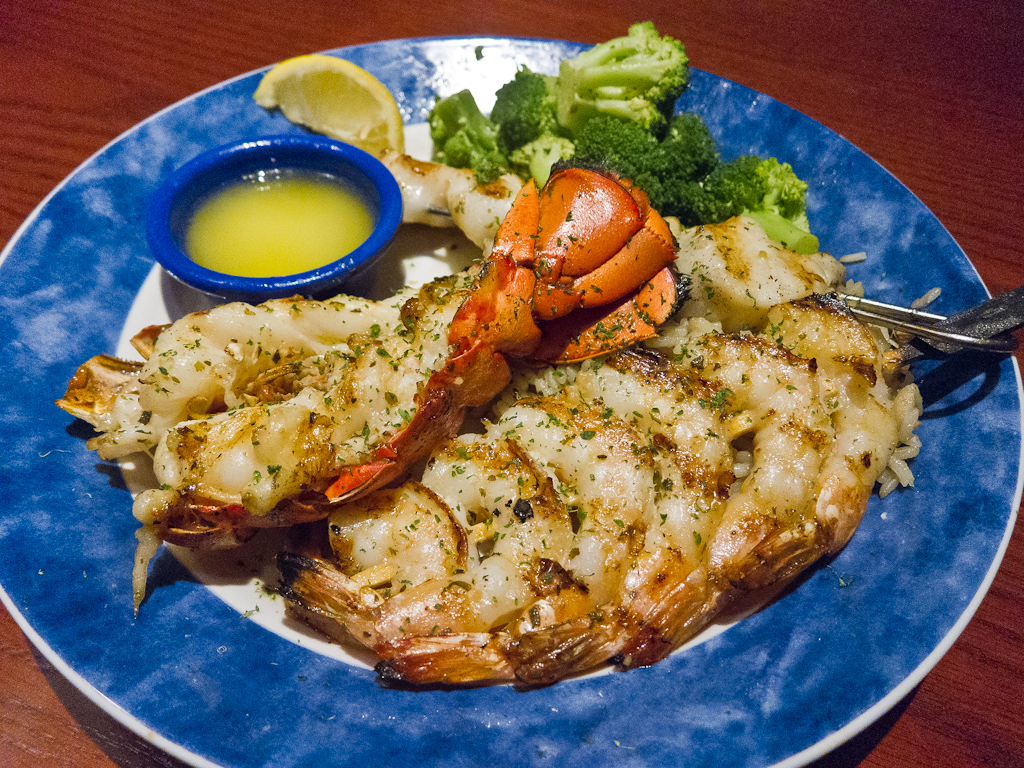
In the United States, the restaurant industry is highly competitive. Seafood restaurants occupy a different market position than hamburger or chicken restaurants. Americans have long been cautious about eating seafood, which may pose challenges for seafood restaurant chains.
Additionally, inflation and shifts in consumer preferences have dealt a severe blow to the casual dining industry. Since 2019, restaurant prices have risen sharply, exceeding the overall inflation rate. Many consumers have begun seeking faster, more affordable dining options. Seafood brands are thus facing significant challenges. Some brands have been forced to file for bankruptcy, while others have closed numerous locations worldwide.
Not all chain brands have faced difficulties; some are working to recover. They have adjusted their menus, updated their store imagery, and revised their business plans. Several well-known seafood chain brands are facing major crises, and this article will explore how they are addressing their financial challenges and attempting to revive their businesses.

Red Lobster was founded in 1968. It quickly gained popularity in the 1990s, with over 700 locations. For many Americans in the 1970s, it was a go-to spot for casual, affordable seafood. They made popcorn shrimp famous. The cheddar cheese bay biscuits are also well-known.However, over time, the fate of this chain restaurant took a turn for the worse.
A bankruptcy filing submitted in May 2024 revealed that the chain was facing serious financial problems. The filing stated that the company had debts exceeding $1 billion and cash reserves of less than $30 million. This situation appears to have stemmed from a series of costly marketing decisions. A “all-you-can-eat crab” promotion in 2003 lost $3.3 million in seven weeks.In 2023, the chain introduced an “all-you-can-eat shrimp” dish priced at $20 as a regular menu item, which reportedly lost $11 million. Between 2019 and 2024, customer numbers dropped by 30%.
Red Lobster closed multiple locations before and after filing for bankruptcy. Over 50 stores closed in 2024 alone, as part of efforts to streamline operations and stabilize the company.In September 2024, the company emerged from bankruptcy. RL Investor Holdings LLC, led by Fortress Investment Group, acquired the company and committed to injecting over $60 million in new capital.
The company is currently taking steps to improve operations. They have streamlined the menu but reintroduced classic dishes, including hush puppies and lobster parmesan pasta. The unlimited shrimp offer is no longer a permanent promotion. The taco sauce recipe has also been updated. Future plans include using higher-quality ingredients and creating a more vibrant dining atmosphere to attract younger customers.

Long John Silver’s was founded in 1969 and is known for its fried cod and hush puppies (a type of fried cornbread). The company grew rapidly, opening over 1,000 branches within a decade. It helped popularize fast-food seafood. However, its popularity seems to have waned significantly.
The chain restaurant is facing serious financial issues. It filed for bankruptcy in 1998, reportedly due to accumulated debt from its 1989 privatization. Later, in 2017, there were criticisms about the quality of its food. Despite these challenges, signs of recovery are beginning to emerge.
In 2016, the brand launched a new brand image, including a new logo and uniforms in different styles. In 2023, Nate Fowler became the new CEO. Since then, the menu has been improved with thicker fish fillets. The chicken marinating process has also been optimized.
The future plans announced in June 2024 will focus on optimizing store locations. Technical upgrades are also underway, and the financial structure of franchisees will be adjusted. The chain brand is developing a loyalty program called Seacret Society. Plans include adding self-service kiosks and digital menus, gradually moving away from the traditional “fish house” style.

Arthur Treacher’s Fish & Chips was founded in 1969. The name was inspired by a British actor to evoke a British atmosphere. The restaurant specializes in battered shrimp, fish, and chicken. Its signature dish is its extra-large fries, known as “Chips.” At its peak in the 1970s, the brand operated approximately 800 branches.
A series of issues led to the gradual decline of Arthur Treacher’s Fish & Chips. One significant factor was the “Cod War” between the UK and Iceland in the mid-20th century. This conflict caused a sharp increase in the price of cod, a key ingredient in traditional fish and chips. This made production costs too high for the chain. As a result, Mrs. Paul’s Kitchen Inc. acquired the brand in 1979.Following this, the brand began to decline and filed for bankruptcy in 1980.
By 2021, only one store remained in Cuyahoga Falls, Ohio. However, there have been recent rumors of a comeback, with Nathan’s Famous now owning the brand after completing the acquisition in 2021.New stores are opening gradually. As of April 2025, the number of stores in Ohio has increased from 1 to 3. Future plans include the use of ghost kitchens. Hybrid stores in collaboration with the Nathan’s Famous brand are also in the works. They aim for the food to be “memorable, crave-worthy, and Instagram-worthy.”

Bonefish Grill is a brand under Bloomin’ Brands. The brand faced difficulties in 2024. Third-quarter performance declined, with a 10% decrease in customer traffic and a 4.1% drop in sales compared to the same period in 2023. The fourth quarter also presented challenges. Bloomin’ Brands laid off 100 employees. They stated that they would reduce the menu at some brands, such as Bonefish Grill.
This is not the first time the chain brand has faced financial issues.In 2016, Bloomin’ Brands announced the closure of 14 stores. At the time, the brand operated 210 stores. The move was implemented due to poor performance. The number of stores continued to decline, dropping to 185 by 2022. Currently, there are 166 stores, primarily located in Florida, North Carolina, and Pennsylvania.
Despite store closures and declining performance, the brand launched a new menu in 2025. This is part of efforts to improve the chain’s operations. The brand stated that its focus is on using high-quality ingredients and achieving sustainability. Fish ingredients are sourced globally, hand-cut daily at the stores, and cooked using charcoal grills.
Kona Grill was founded in 1998. The restaurant offers a mix of American and Asian-inspired dishes, including meat, seafood, and sushi. The chain grew rapidly in its early years, expanding to 46 locations by the end of 2017—doubling its restaurant count in just four years. However, this rapid expansion led to a surge in debt. Each new location cost approximately $4 million to open.
Meanwhile, customer numbers began to decline in 2015, leading to a drop in sales. Facing $33.2 million in debt, Kona Grill filed for bankruptcy in 2019. Prior to bankruptcy, the company had closed four stores in 2018 and begun cost-cutting measures, including reducing spending on employee training and menu development.
In 2019, The ONE Group acquired Kona Grill for $25 million and assumed its debt. At the time, the chain had been significantly downsized to just 24 stores. The timing of the acquisition was poor, and the subsequent COVID-19 pandemic further disrupted operations. Currently, there are still 27 Kona Grill locations in the United States. The future outlook for the chain remains uncertain.
Related posts:
One of America’s most popular restaurants is exiting bankruptcy
Struggling Seafood Chains Making Comeback
Seafood Restaurant Chains That May Soon Be Gone Forever Or Are Already Lost




